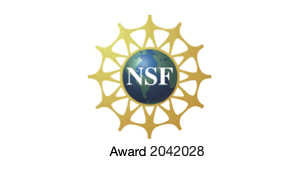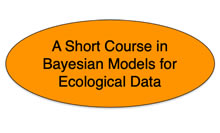
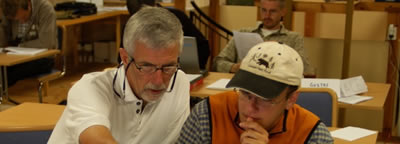
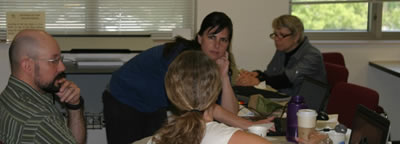
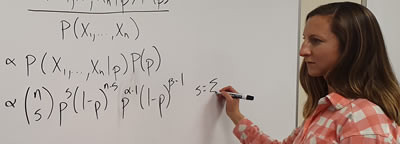

Bayesian Short Course- Application Details
Application Details
- Applications are due no later than February 16, 2024 at 5 p.m. Mountain Time.
- Selected participants will be notified by March 18, 2024.
- The course will be limited to 25 participants.
- Applicants are limited to faculty, staff, or students from institutions in the United States.
- Costs of travel to the course (excluding international travel) and lodging / meals during the course will be reimbursed. There is no tuition.
- All participants must be proficient users of R and be able to bring a laptop (with administrator privileges) to each class meeting.
- Please complete the application web form and submit the required documents.
To Apply follow the steps below:
1. Complete the online application web form: Create Application *
* Your application must be completed prior to uploading documents.
2. Submit the required documents via the upload page: Upload Documents
a. Curriculum Vitae (2-page max)
b. Answer Questions for applicants, see below. Please limit to half a page per question. (submit only .pdf, .doc or .docx formats)
Questions for applicants
- Please describe your opportunities for sharing what you would learn in the course with others through teaching, mentoring, or informal learning groups.
- We seek applicants who will be able to use the material taught to increase the scholarly impact and the application of their research to solve pressing environmental problems. Please describe how learning this material will enable research outcomes that would otherwise be out of reach to you. Describe the potential impact of those outcomes.
- What resources are available at your institution for learning Bayesian methods?
- A important goal of the course is to expand the diversity of ecological researchers using Bayesian methods. This diversity has many dimensions: age, ethnicity, gender identification, career stage, geography, employing institution, and professional experience notable among them. Please describe how your participation in the course would further our ability to meet this goal.
- Please describe your proficiency in R programming.

